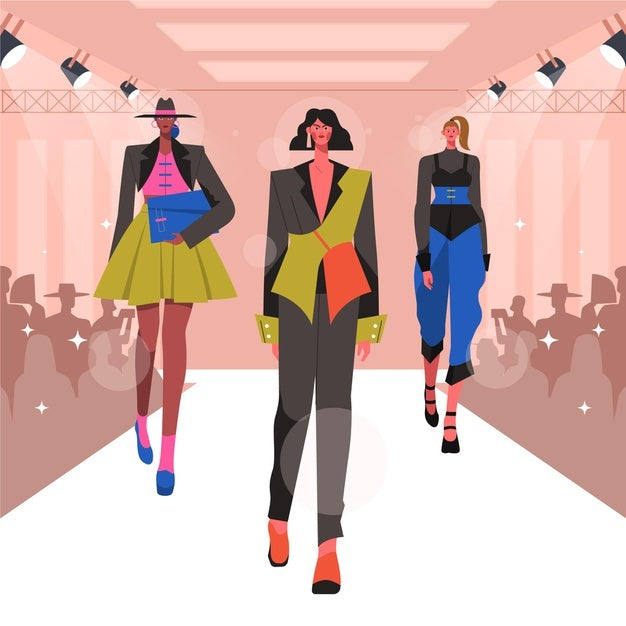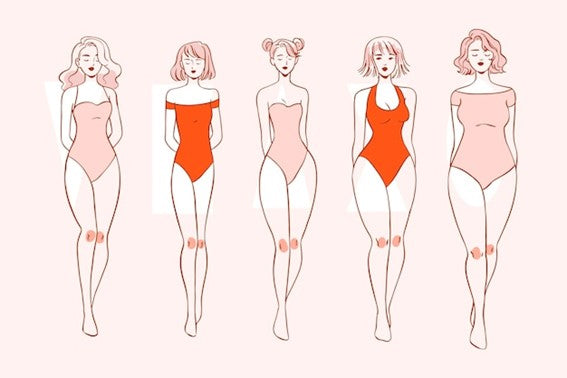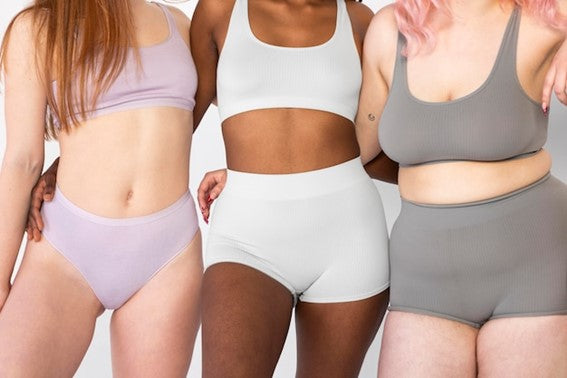
Fashion models have been known for a while for their beauty standard. And this beauty standard is known for being extremely restricted: few people have the body type that supermodels used to have.
But those are old times: nowadays, we are likely to see models with different kinds of bodies each time more often. We are still going through this process: the fashion industry still needs to evolve a lot, but it already has improved in many aspects since then, and the tendency is to keep going.
To illustrate this advancement, we created a timeline showing all the fashion models standards according to each decade. Let’s take a look together!
The Very Beginning

It is believed that fashion shows were created during the decade of 1860 in Paris, by the designer Charles Frederick Worth. Before that, designers used mannequins to present their clothing collections. The idea of using live models was totally new.
At that time, fashion shows were extremely exclusive: only buyers could watch them and taking pictures was strictly forbidden. After World War ll the events started to be open to the public, aiming to reach more customers, but only during the 80’s and 90’s fashion shows became huge productions with elaborate scenarios - and famous supermodels.
Before Models

During the 50’s, before models became superstars, Hollywood actresses used to set the standards of fashion and beauty. Pin-ups with curvy bodies, like Marilyn Monroe and Elizabeth Taylor were the biggest muses of that time.
However, in the fashion industry fashion models were thin already. In the 60’s models began to star on magazine covers.- but still didn’t have a celebrity status. However, among all models, one stood out: Twiggy. She had that nickname due to her super skinny body and was probably the first model to bring the image of fashion closer to women's imagination of desire.
80’s and 90’s - The Supermodel Era

Between the end of the 80's and beginning of the 90’s, fashion shows became THE thing. Models like Linda Evangelista, Luiza Brunet and Naomi Campbell reached supermodel status and became celebrities due to their job - and utmost beauty.
At that time, fashion required tall and thin models - but not extremely thin: they had proportional bodies, with healthy curves. The ideal body was strong and slender, reflecting the appreciation of empowered female figures. Large breasts began to be more valued and from there began the popularization of silicone implants surgery.
The “Heroin Chic” Look

Quickly, the standard of athletic bodies changed abruptly. In the early 90’s the grunge style was taking over everything. At that time, the “heroin chic” look was born, and its creation is credited to the model Gia Carangi.
Gia inspired the fashion world with her rebel look. She barely wore makeup, used to wear men’s clothes and had an androginous look. But the peak of heroin chic’s popularity came after a specific brand campaign with another model: Calvin Klein’s Obsession ad campaign in 1993, starring Kate Moss.
Moss was completely different from the previously famous supermodels. Pale skin, dark circles and extremely skinny. She had everything to do with the grunge style and, suddenly, the whole world was obsessed with her and she became the biggest beauty and style icon.
However, this look was exceedingly problematic: protruding bones and even eating disorders were glamourized. Kate herself struggled with drugs and alcohol addiction and was accused of promoting anorexia due to her famous phrase “nothing tastes as good as skinny feels”. Years later, Kate retracted the quote.
Late 90’s, 2000’s and the “Angel Era”

The first Victoria’s Secret Fashion Show started in 1995 at the Plaza Hotel in NYC. It was “kinda shy”, and still very focused on lingerie only. The show started to get bigger in 1998, adding costumes complementing the lingerie. By 1999, they starred the famous “VS Wings”, the brand’s most famous prop.
By the 2000’s underwear was no longer the main focus and the show reached the spectacle status. Over the years, the show was held in iconic locations such asNew York's Lexington Avenue Armory and Cannes Film Festival.
Super famous singers such as Seal, Taylor Swift and The Weeknd serenaded the models. Every year people had big expectations of seeing the new costumes - especially the new wings. The models were called “angels” and becoming part of the group was a dream for many girls. The angels were very thin, but not as skinny as models from the “heroin chic” era.
The Angel’s look was lighter and fun: they used to wear light and vibrant colors, silky straight hair, rosy cheeks and natural makeup.
2020’s: The end of the Angel Era and the rise of the Body Positivity Era

Although some standards changed over the years, the fashion industry has never been inclusive - and VS was not an exception. During the last years, discussions about inclusivity and the body positive movement spreaded all over the world and people began to require more diversity.on the catwalks.
Victoria’s Secret was widely charged for its lack of diversity and even though they’ve tried to get around the situation, the actions taken were not enough. After controversial speeches by the marketing director, who declared that the brand “would never have a plus size or trans model”, the show was canceled in 2019, with no return forecast.
At the same time, inclusive fashion shows won visibility and praise. The Savage X Fenty Fashion Show is one of the best examples: owned by the superstar Rihanna, the lingerie brand shows the power of its creations in all body types. And according to current collective thinking, this trend is only beginning.








